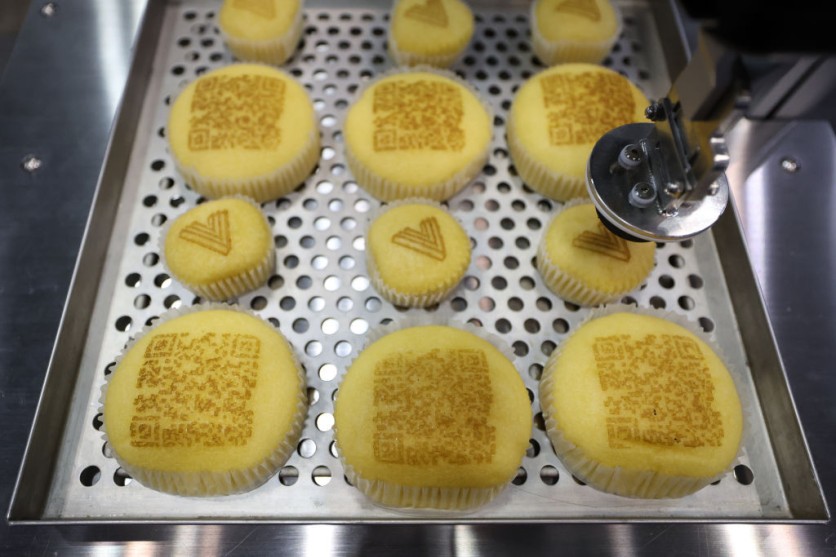Researchers at the Singapore University of Technology and Design (SUTD) have unveiled a new advancement in food printing technology. Using their innovative 3D food printer, they created meals or dishes tailored to one's needs, even edible QR codes.
3D Printing Edible QR Codes
According to Michinao Hashimoto, an associate professor at SUTD specializing in the intersection of design and technology, 3D food printing allows for precise customization of nutrients, textures, and aesthetic qualities in meals.
According to the research team, this capability not only caters to individual dietary requirements but also enhances the visual appeal of food, potentially transforming consumer meal experiences.
The team's research emphasized utilizing unconventional food sources such as okara (soybean dregs), orange peels, and insect protein, addressing concerns about food sustainability and expanding the palette of edible ingredients.
By adjusting printing parameters, they can seamlessly integrate these nutrient-rich components into printed foods, ensuring nutritional value and visual attractiveness.
Lead researcher Dr. Lee Cheng Pau highlighted the challenges associated with existing food printing methods, particularly in achieving smooth transitions between different materials.
Traditionally, multi-material printing involves using multiple nozzles, which often results in disjointed interfaces and lengthy printing processes due to nozzle alignment issues.
In contrast, SUTD's approach draws inspiration from microfluidics, employing dual inlets and a single outlet to streamline the integration of various food inks.
This innovation minimizes the complexities associated with material switching during printing, ensuring continuous and efficient production of multi-material food items.
Overcoming technical hurdles such as backflows between ink channels with different flow properties required meticulous engineering of the printer's design.
The researchers successfully mitigated these challenges by optimizing the Y-junction outlet size and implementing algorithmic offsets, enabling seamless transitions between inks with diverse rheological properties.

Printing With Milk-Based Inks
To showcase the capabilities of their technology, the team demonstrated the printing of intricate designs like the SUTD logo and functional QR codes using different milk-based inks.
This not only underscores the versatility of their printing system but also highlights its potential applications in creating interactive food experiences. The research team aims to refine its technology further, focusing on enhancing scalability and accommodating a broader range of food materials.
Their ultimate goal is to commercialize their innovation, making it accessible for producing tailored meals, visually appealing dishes, and engaging culinary creations like edible QR codes.
"Our technology can be used to 3D-print foods consisting of multiple materials without compromising the printed structures and appearance," Lee said in a press statement.
"It can be applied in creating meals tailored to individual dietary needs, aesthetically pleasing dishes, and interactive food experiences such as edible QR codes," he added.
The research team's findings were further detailed in the journal Future Foods.
Related Article : Creality-sponsored Free Fire E-sports Event in Brazil Concludes with 3D Printer Launches, Tapping into Gaming and Metaverse

ⓒ 2025 TECHTIMES.com All rights reserved. Do not reproduce without permission.




